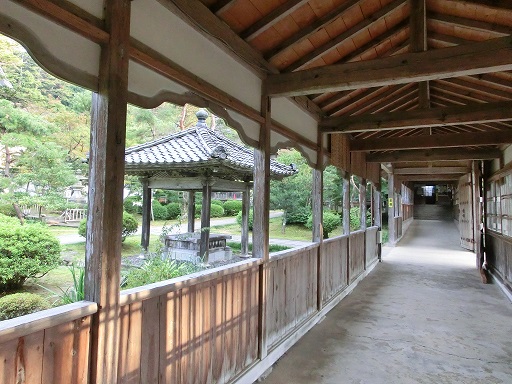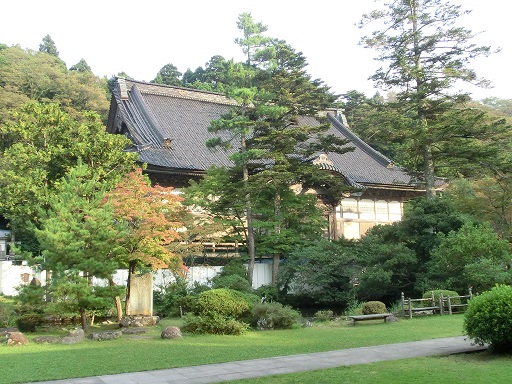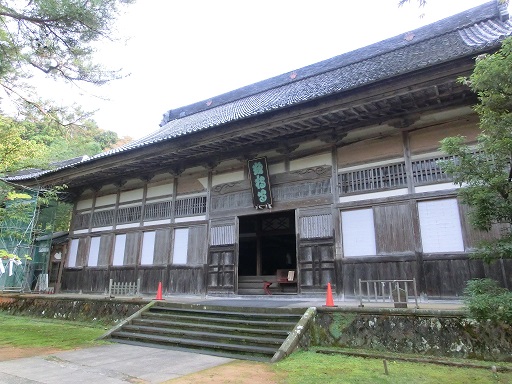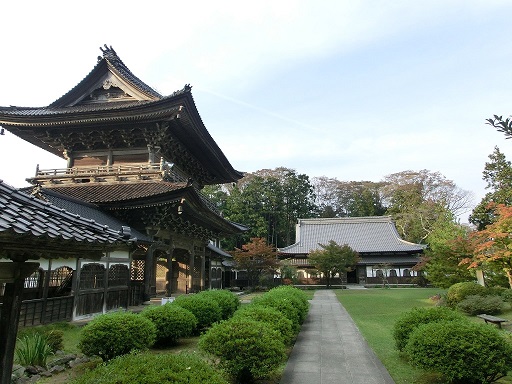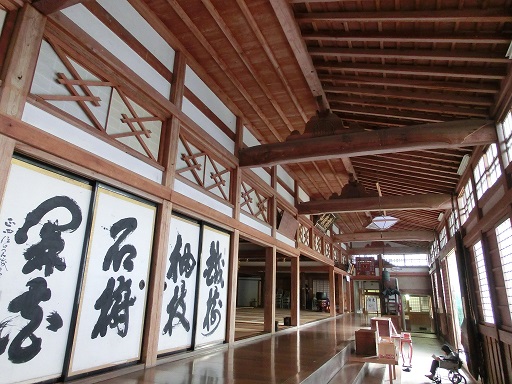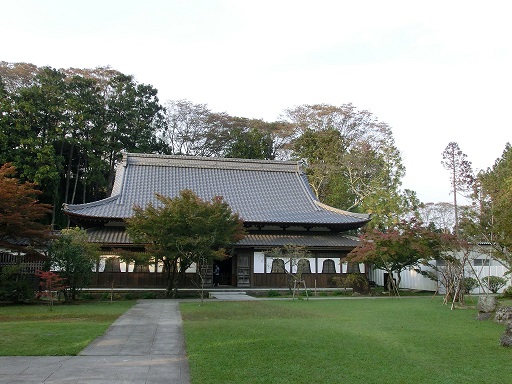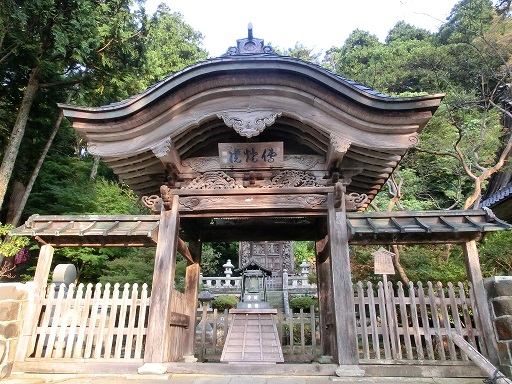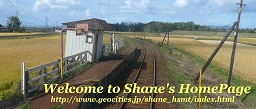|
Sojiji-Soin Temple, Ishikawa
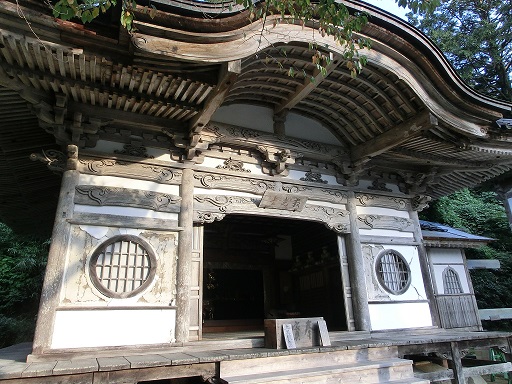
Sojiji Temple was originally built as Morookaji Temple by Saint Gyoki (668 - 749) in the "Nara" Age (710 - 794). In 1321, Zen Priest, KEIZAN Jyokin (1268 - 1325) was given the temple by JYOKEN, the chief priest of Sojiji Temple. After KEIZAN Jyokin became the chief priest of Sojiji Temple, Sojiji Temple was a major temple of Soto Sect, which is a Japanese Zen-Buddhist sect, founded by DOGEN (1200-1253) .In 1615, "Edo Bakufu", the central government of Japan in the "Edo" Age designated Eiheiji Temple in Fukui and Sojiji Temple as the head temples of Soto Sect Please refer the page of "Eiheiji Temple" in Fukui http://handejapan19.html.xdomain.jp/TravelDestinations/Chubu/EiheijiTemple_E.html In 1898, Sojiji Temple was seriously damaged by fire. Although Sojiji Temple was rebuilt in 1905, the head temple's function of Soto Sect was transferred to Sojiji Temple, newly built in Tsurumi, Yokohama. Original Sojiji temple renamed as Sojiji-Soin Temple and becomes a branch temple of new Sojiji Temple. Along the approach to Sojiji-Soin Temple, white cray wall continues. 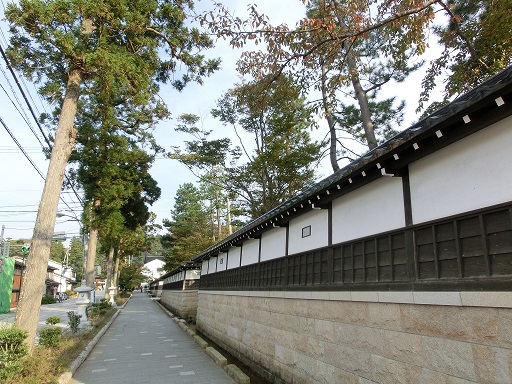
After passing through the visitor reception, you will see "Kyozo Hall", Scripture House, on your left. 
"Kyozo Hall" was built 1743 by MAEDA Yoshinori (1690 - 1745), the fifth Feudal Lord of Kaga Domain.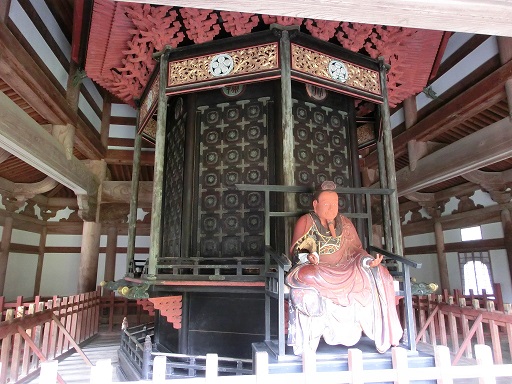
There is a "Rinzo", revolving Octagonal pillar shaped storage of the Buddhist Scriptures. It is said that six hundreds of Buddhist Scriptures. are stored in the storage. If you turn the Octagonal pillar shaped storage, you will read and understand everything written in the six hundreds of Buddhist Scriptures. Beyond "Kyozo Hall", you will see "Sanmon" Gate, the main temple gate. It is very gorgeous. It was rebuilt in 1932. 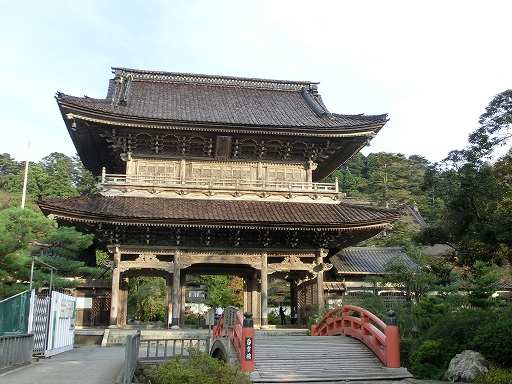
Besides "Sanmon" Gate, the corridors are connected to the both sides of "Sanmon" Gate, and surround "Nakaniwa", the middle garden of the temple. |

